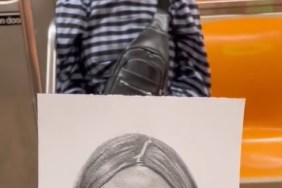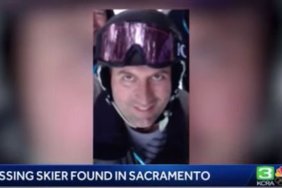Photo: Paris Evening, Paris 1934 (detail).
“One moment is all you have,” photographer Fred Stein observed. “Like a hunter in search of a target, you look for the sign that is more characteristic than all others…the photographer has only one chance, and that one as brief as a split second.”
Stein came to photography through the strange fortunes of fate. Born in Dresden, Germany, in 1909, Stein was a son of a rabbi. His father died when he was six years old, leaving the family in reduced circumstances. He joined the Socialist Youth Movement, only to become aware of the threat to come, and became a dedicated anti-Nazi activist. After graduating law school and working at the State Prosecutors Office of Dresden, Stein decided to become a public defender. Three weeks before he was to receive his certification, he was dismissed by the Nazi government for “racial and political reasons” and was forbidden to use the public library. That August he received word the SS was asking questions about him. Stein fled to Paris in 1933 with his new wife, Liselotte Salzburg, under the pretext of taking a honeymoon.

Cafe, Paris 1935
Stein began taking photographs with a Leica that he and his wife purchased as a joint wedding present. Using the small hand-held camera, which was new to the market, Stein helped to pioneer the genre of street photography. In Paris, the Steins were in the center of a circle of expatriates, intellectuals, and artists, and he became acquainted with some of the leading figures of the day, honing his skills as a portrait photographer in remarkable ways.
Also: Interview With Photographer Meryl Meisler
When Germany declared war on France in 1939, Stein was put in an internment camp for enemy aliens near Paris. He managed to escape, and after a hazardous clandestine journey through the countryside met his wife and baby girl in Marseilles, where they obtained visas through the efforts of the International Rescue Committee. On May 7, 1941, the three boarded the S.S. Winnipeg, one of the last boats to leave France. They carried only the Leica and some negatives.

Little Italy, New York 1943
New York in the 1940s and 50s was an incredible town, growing in response to the demands of the country during and following the war. It is here that Stein found a rhythm that he understood, the American spirit, in all its multifaceted styles. He added the medium-format Rolleiflex camera to his equipment, setting out to shoot the streets of New York in square format. At the same time, he continued his portrait practice, photographing luminaries including Albert Einstein, Georgia O’Keefe, Marc Chagall, Norman Mailer, and Hannah Arendt, among others. As Stein wisely observed, “The camera makes no distinction between famous people and a nobody, between a good friend and a complete stranger, when the shutter opens.”
Stein died in New York City in 1967, at the age of 57, leaving behind a remarkable body of work. A selection of photographs is now on view in IN EXILE: Paris and New York – The Photographs of Fred Stein at the Southeast Museum of Photography, Daytona Beach, FL, now through May 15, 2016. This beautifully curated exhibition gives Stein’s work the recognition it deserves as an important and insightful record of city-life through the lens of a man dedicated to beauty and justice in equal part.
All photos: © Fred Stein, Silver Gelatin Print, 16” x 20”
Miss Rosen is a New York-based writer, curator, and brand strategist. There is nothing she adores so much as photography and books. A small part of her wishes she had a proper library, like in the game of Clue. Then she could blaze and write soliloquies to her in and out of print loves.





